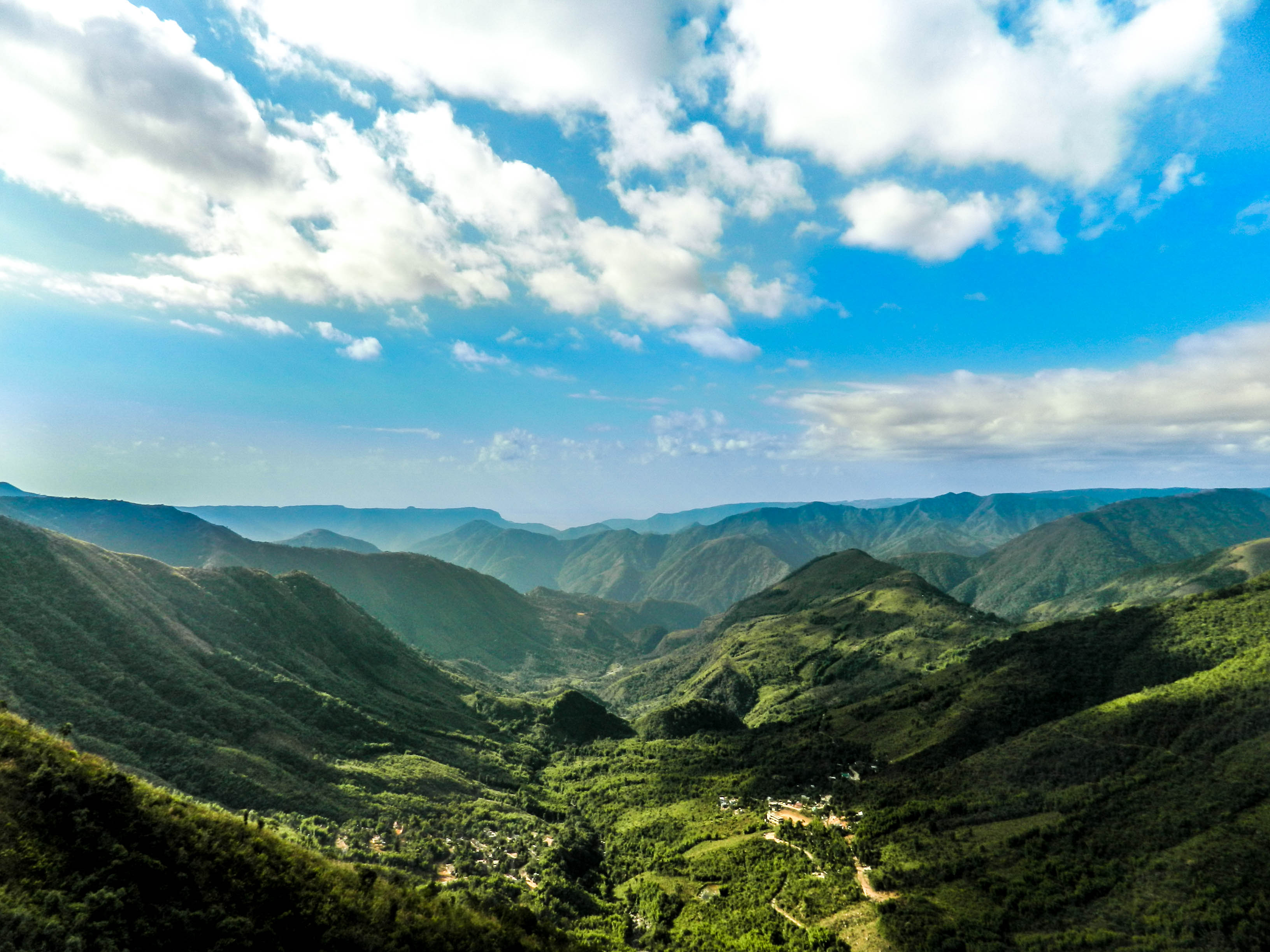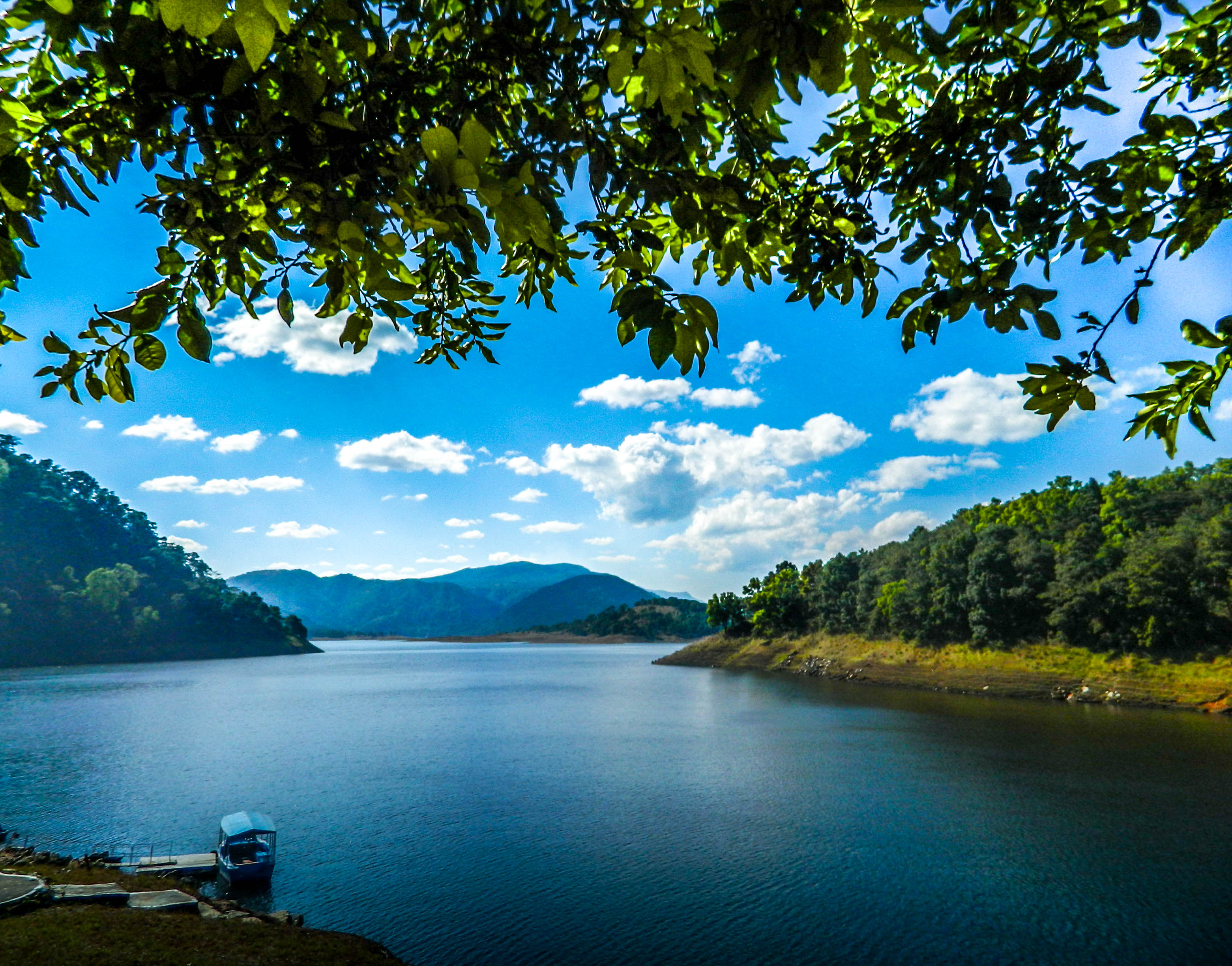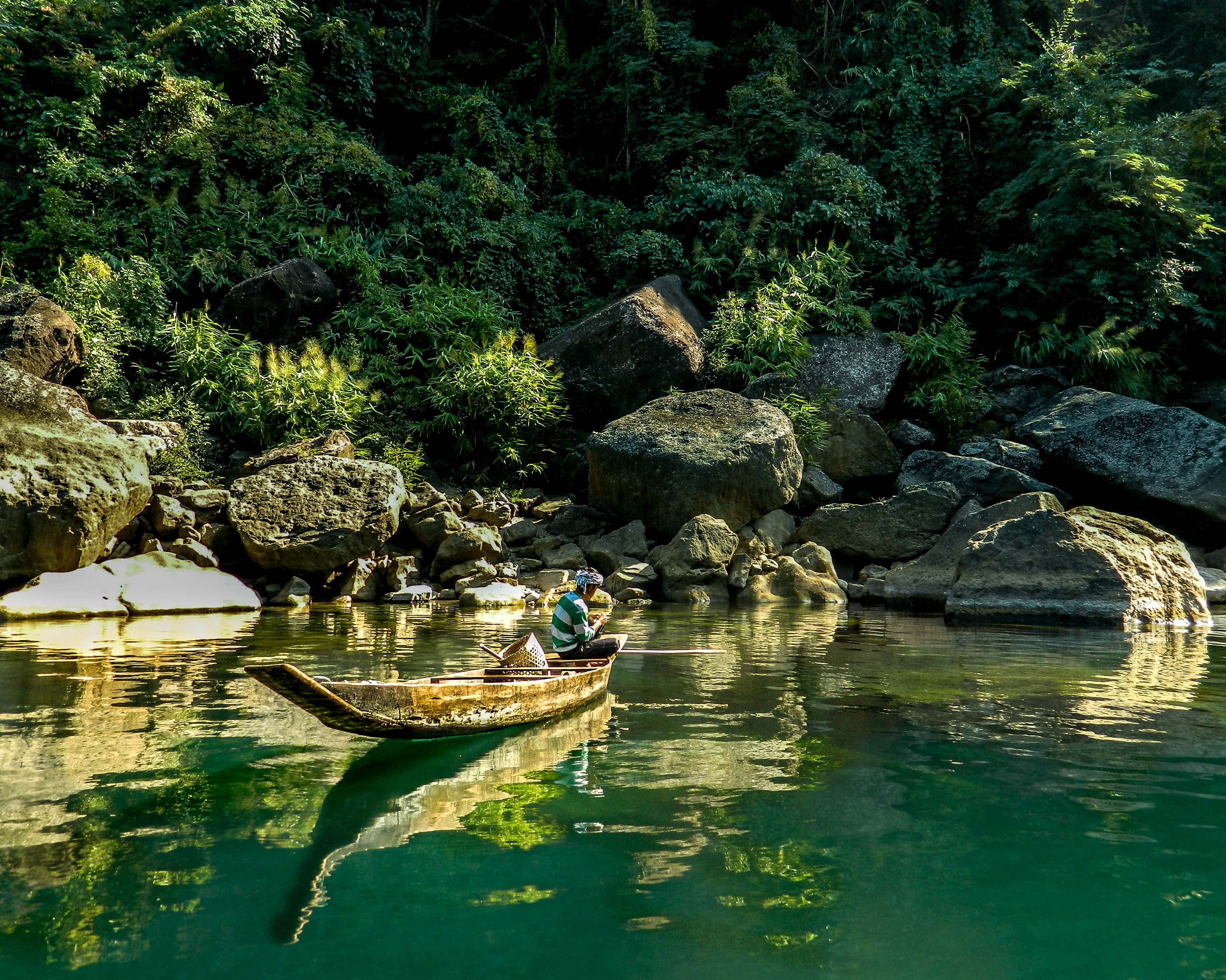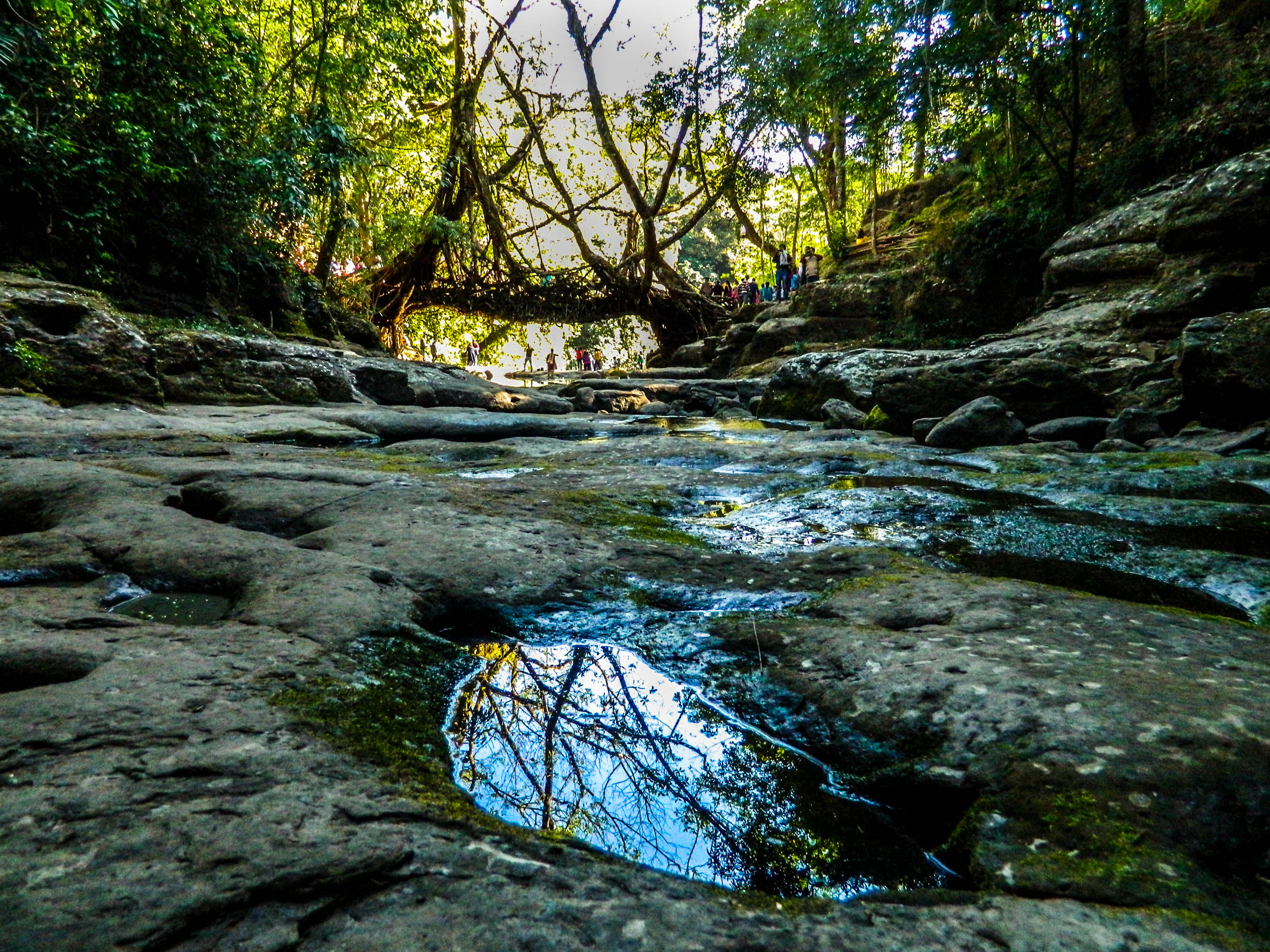
From barren lands began the search for greener pastures and green they were. Blue skies engulfed by giant, tufty clouds flowing fluidly over valleys of undisturbed hills, horseshoed and plateaued cliffs, Meghalaya is home to what was once known as the wettest place on earth, Cherrapunjee, locally identified as Sohra. Bestowed with many such wondrous elements, it offers splendidly impressive waterfalls, some of Asia’s deepest, darkest caves and harbours locals with a tacit tact for brilliant bioengineering. A predominantly matrilineal society, it is the land that gave birth to the Jaintia, Khaso and Garo tribes. It holds a strong and fascinating geographical presence for it smears a separation between the valleys of Assam and the plains of Bangladesh.
Discard all maps, plans and popular sights in mind, for though Meghalaya has astounding natural beauty and a plethora of unexplored, hidden secrets, it is far too easy to fall prey to the tourist trail.

Shillong:
Serpentine roads, sacrosanct sunsets and sultry soil that chronicles Meghalaya as the carnation belt of India, the region reserves an antiquated mystery and charm as the former summer capital during the British Raj in North East India. Set in the East Khasi Hills, its capital town Shillong retains the romanticism of the forgotten time in its prevalent culture, religion and architecture. Often availed as ‘Scotland of the East,’ the title both mocks and congratulates the land for drawing parallels in terrain and climate with its western twin. A highly frequented destination, being one of the few locations with connectivity and navigable roads in the North East, Shillong attracts an abundance of visitors in the tourist season. There is no dearth of bustling bazaars for ardent street shoppers, informative museums for the history fanatics and scenic landscape for the nature aficionados. However, it’s appeal lies latent in exploring the quiet villages placed on the periphery of the city where pop, rock and country music can be heard echoing in the most remote of huts, the amiable locals who might as well be occupational conversationalists and the sheer, wondrous size of its clouds that create glorious sunsets unmatched in comparison to any other part of the country.

Travel Trivia:
The Umiam Lake, indigenously awarded the title of Barapani, lies on the outskirts of Shillong at a distance of approximately 15kms. A man-made lake, deposited amidst thick coniferous forests, the 221sqkms across which it lounges make it larger in size than Liechtenstein, San Marino or Bermuda! Aesthetic appeal set aside, it serves several purposes in the form of generating electricity, sustaining the development of the ecosystem and meets anthropogenic needs like fishing, irrigation and entails the provision of drinking water. While the lake facilitates the environment on macro and micro levels, some determined local prodding reveals damage to the lake in recent years caused due to heavy silting, upstream encroachments, mining and deforestation in the area.
Those visiting the lake, steer clear of the public park that overlooks it unless you delight in crowds, poorly conducted water sports and blaring Bollywood music. Find one of the numerous trails in the forest surrounding the lake that will lead you to an isolated and quiet spot.

The Indo-Bangladesh border:
The Umngot River glides along the bends of Dawki, a bustling little village, the hub of all Indo-Bangladesh trade activities. Sporadically reflecting light off its translucent surface, it ribbons right across the invisible border in all its emerald green glory while creating a natural demarcation between the East Jaintia Hills and Khasi Hills, as a lone suspension bridge connects them in solidarity. An illusion is created, when the sun is at its highest and the water at its clearest, the boats of fishermen appear to be floating mid-air and each sterile stone is visible from above, like a thousand multi-coloured moons lying dormant on the river bed.

The root-bridges of Meghalaya:
As man wages war against the natural order, the depths of Meghalaya’s forested flora remain a proud bystander of benevolent bioengineering, the reflected impact of which is far-reaching. There is no impressionable precision that machines may manifest, which is able to overthrow the miraculous tradition of growing bridges as opposed to mechanically constructing them, an ancient practice that goes back 500 years. Made from the ficus elastica, the Khasi and the Jaintia tribes recognised the power of their roots and used betel nut trunks, sliced and hollowed, to fashion the pliable aerial stems as a guidance system across rivers. Over the course of ten to fifteen years, the roots attach themselves to the other end, giving birth to a glorious living, breathing root-bridge, that remains alive and growing, only gaining strength and uphold with the passing of time.


One Response
Stunning shots !